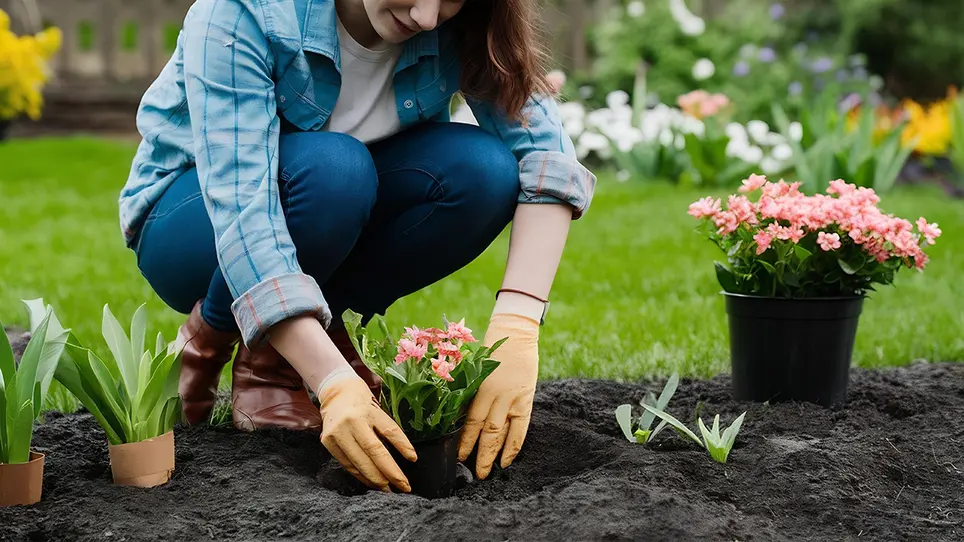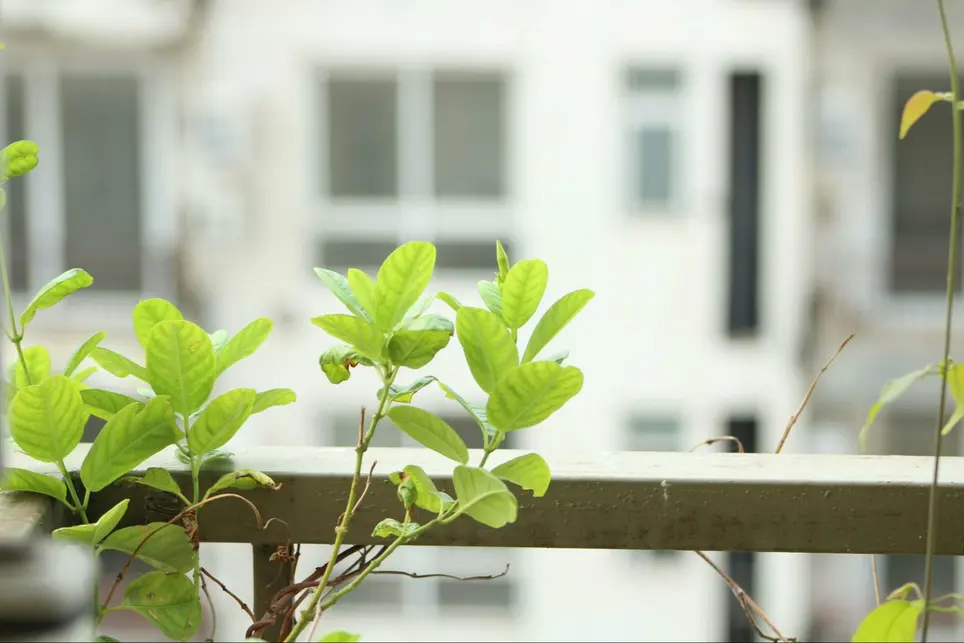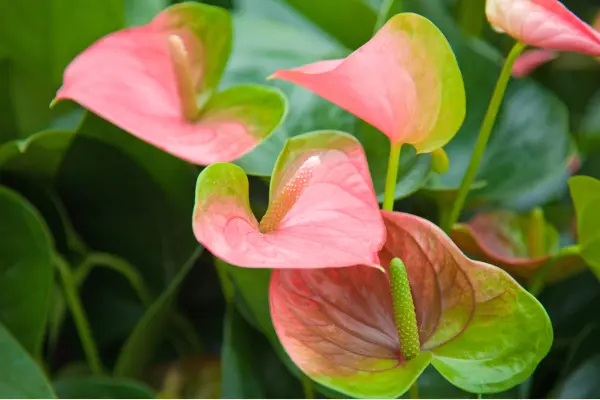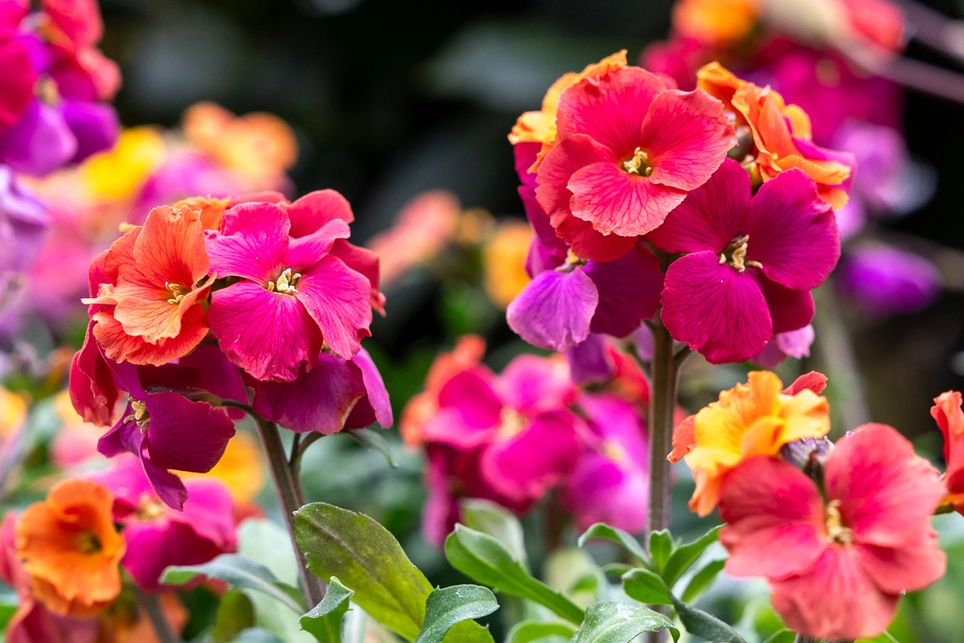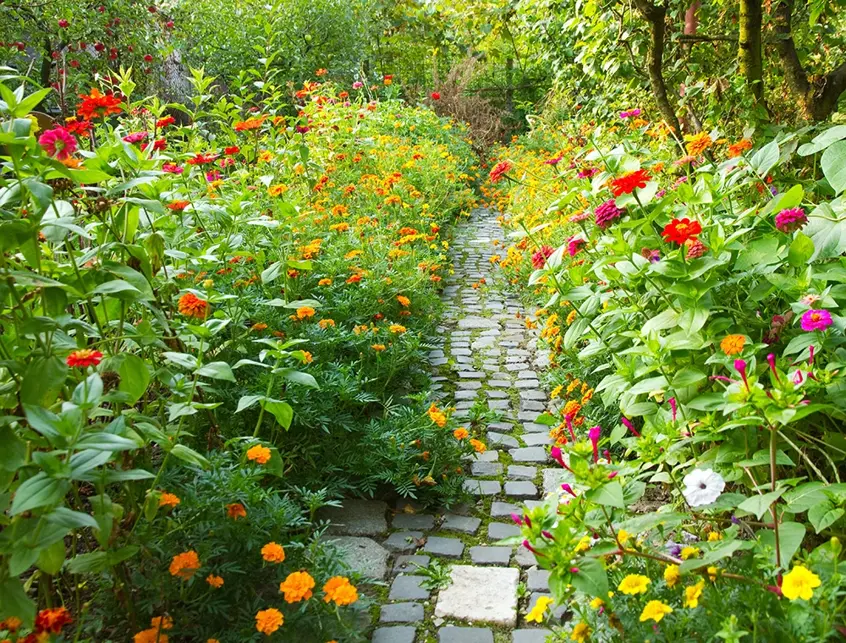
By Adam Ward, Boma Garden Centre
Times are changing, and perhaps you are one of the many that have little time for the upkeep of that perfect lawn. The constant feeding, watering and cutting may be unnecessary– what’s more, that perfect green lawn, admired in the 60s and 70s, may be a bit out of fashion in contemporary gardens. Often absorbed in urban living, you would love to escape to your private domain and enjoy a cottage garden wildflower paradise.
With some courage and creativity, you can transform your uninspiring lawn into a garden with wildflowers that bees, butterflies and your family will adore.
You can design a planting plan to create a riot of colour from spring to summer with wildflowers using different seeds and bulbs on a tiny budget. It is also straightforward and will need considerably less maintenance once established.
If you need help choosing wildflower species for a cottage garden, speak to the horticultural team at Boma.
Organic Soil Preparation
Once you have decided upon the location of your wildflower meadow, you need to start work on preparing the soil.
Cut the grassy area using a lawnmower on a low setting close to the ground.
You can leave the area for a few months under black weed fabric material to kill off all the weeds in the summer if you do not want to use chemicals.
After a few months, remove the weed suppressant material and use a flame gun to burn off perennial weeds. Dig out the weeds with a garden fork if you don’t have a flame gun.
Rake over the grass to remove dead thatch in the autumn, and you can broadcast the seed in early spring. After you have sown the seeds, it’s important to remember to keep the area well-watered during germination that will occur in the following few weeks.
Non-organic Soil preparation
Alternatively, apply a broad-spectrum weedkiller to the area. Within 3 to 4 applications, all the weeds should clear.
If the topsoil is very rich, removing this and the top layer of grass will help establish the wildflower meadow, as wildflowers prefer poor-quality soil. If the soil is too enriched, it leads to a lot of leafy growth and no flowers.
If you remove the topsoil and grass, use a rake to create a flat bed of soil for sowing the seeds. You can sow the seeds either in the autumn or early spring.
If you are not removing the topsoil, rake the area to remove all the dead thatch from the grass. After this, cut the grass again on a low setting. Freely sow the seed across the site and water after. Keep the area well.
Introducing Yellow Rattle
Introduce Rhinanthus minor (Yellow Rattle) seeds that you can sow in the autumn or spring to the wildflower meadow area, helping establish the meadow and helping weaken the lawn. The yellow rattle is a hemiparasitic plant feeding off the lawn’s grassroots, cutting the dominant grass species and encouraging less dominant wildflower species to establish. Alternatively, you can plant Rhinanthus minor (Yellow Rattle) as young plugs in the spring.
Ready-mixed wildflower seeds from Empathy
Suppose you are unsure about which species of plants to put together to create your wildflower meadow. Boma offers a range of premixed wildflower mixes already together that provide a long season of colour. These seed mix selections give the appropriate number of seeds to create a mini meadow that will fill a space of 3m”. The seed mix also includes mycorrhizal fungi, which help establish the wildflowers’ roots. It does this by providing the developing roots with additional nutrient uptake forming a long-term symbiotic relationship with the plant. (Both plant and fungi have mutual benefits from living together).
Planting bulbs in a wildflower meadow
To create a natural effect from planting, we suggest placing all your bulbs together in a bucket and simply broadcasting them with your hand across the area. Where the bulbs fall, use a long-handled bulb planter to plant them where they landed.
The following bulbs will be available in-store at Boma from September.
The perfect bulbs for a wildflower meadow
(Snakes head) Fritillaria meleagris
(Snowdrop) Galanthus ‘Flore Pleno’
(Wood Anemone) Anemone nemorosa
(Chincherinchee) Ornithogalum
(Winter Aconite) Eranthis hyemalis
(Glory-of-the-snow) Chionodoxa forbesii
(Bluebell) Hyacinthoides non-scripta
The perfect seeds for a wildflower meadow
Yellow toadflax (Linaria vulgaris)
Mallow (Malva moschata)
Corn Marigold (Glebionis segetum)
Corn Chamomile (Anthemis arvensis)
Butterfly Bush (Buddleja)
Foxgloves (Digitalis)
St John’s Wort (Hypericum Hidcote)
Ragged Robin (Silene flos-cuculi)
Teasel (Dipsacus fullonum)
Corncockle (Agrostemma githago)
Cow parsley (Anthriscus sylvestris)
Harebell (Campanula rotundifolia)
Cornflower (Centaurea cyanus)
Lady’s bedstraw (Galium verum)
A pathway for which to meander
Create a path piercing the wildflower meadow, making your newborn paradise easier to maintain and giving you a lovely walkway through which to enjoy the wildflowers. There you can meander, revering the beauty of your efforts and the majesty of nature’s genius.
|
“ The gardener must follow the true artist, however modestly, in his respect for things as they are, in delight in natural form and beauty of flower and tree.” William Robinson, Gardener and Author of The English Flower Garden |
Yearly maintenance of a wildflower meadow
Resow annual varieties of plants that only survive for one season by broadcasting them every few years in subsequence springs.
Allowing the meadow to dry helps seeds from the different species fall. Then cut down the wildflower meadow in august and collect the material to put on the compost heap. After cutting down the area, rake the ground sufficiently to remove dead material.
For the first couple of years, weed control is critical to keep down dominant species so the wildflowers can become established.
Seed sowing
We suggest mixing seeds with sand to aid in sowing the seeds evenly, helping you visually see how evenly you are broadcasting the seeds.
If choosing individual species and not premixed seeds, remember that perennial wildflowers will establish in the first year and produce a lot of vegetative growth but will not flower until the second year. Annual varieties will bloom in the first year but need resowing the following spring as they complete their lifecycle in one year.
Ready to plant plugs
The Boma will have a range of ready-to-plant plugs available from March in the garden centre. These are ready for planting immediately and will need watering until established in the garden.
Adam Ward is a horticulturist at Boma Garden Centre, London, and a specialist in cultivating wild gardens. If you wish to consult with Adam or any of the horticulture team, feel free to pop in and visit.




